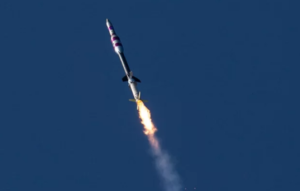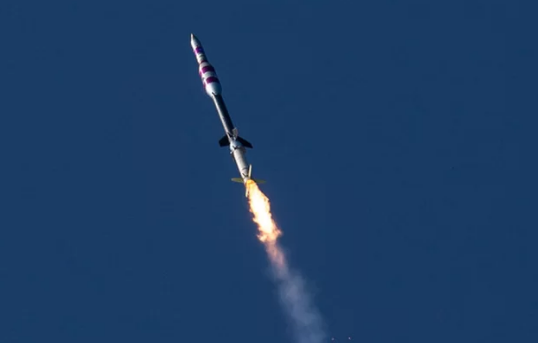
NASA Tests Parachute For Mars Rover Lander By Launching Rocket
To test a supersonic parachute meant for landing on the Martian surface for its next rover, NASA has launched a sounding rocket from its facility ‘Wallops Flight Facility in Virginia.

The rocket was launched on Friday which took the Advanced Supersonic Parachute Inflation Research Experiment (ASPIRE) from the Jet Propulsion Laboratory (JPL) of NASA which is located in Pasadena, California.
NASA said that the payload descended by parachute and dived into the Atlantic Ocean 28 miles from Wallops Island.

After that, the parachute was recovered successfully and then was given back to Wallops for data retrieval and inspection.
According to the Space.com, the suborbital was launched with the aim to mimic conditions that the parachute might go through while landing on Mars.
“This is really a strength test of that Mars 2020 (rover) design,” Jeremy Hill, a mechanical engineer at JPL, said during a webcast of the launch.
“We want to get as close to the Martian environment as we can.”
The shape of the payload is a bullet-nosed, cylindrical structure which can hold a supersonic parachute along with the deployment mechanism and high-definition instrumentation of the test like cameras to record data.
The mission for Mars 2020 is to be launched in July or August 2020 when the Earth and Mars are positioned well in relation to each other for a safe landing on Mars.
The mission is part of efforts in getting answers to questions regarding life on Mars by not only seeking signs of habitable conditions there on the planet in the ancient past but also to conduct a search for signs of past microbial life itself.
The parachute is designed to protect the rover during its landing on the Martian surface. So, technically, it’s 10 and 20 times bigger than any terrestrial parachutes.
The weight of the parachute is 90 kilograms and the packaging is denser than hardwood. Once the parachute is deployed, it unfurls from being of the size of a barrel to the size of a house in less than half a second.
The parachute was fished out of the Atlantic Ocean and the engineers are about to study the effects on it to ensure that the device performed as it was designed and did not come back any signs of weakness during the extreme test. According to Hill, there are a million stitches in the parachute which was made in part from Kevlar and the team shall look at each and every one of them to make sure the Mars 2020 landing is done smoothly.
You May Also Read: Google CEO Pichai Wants India To Allow Cross-Border Data Flow To Spur Digital Economy Growth